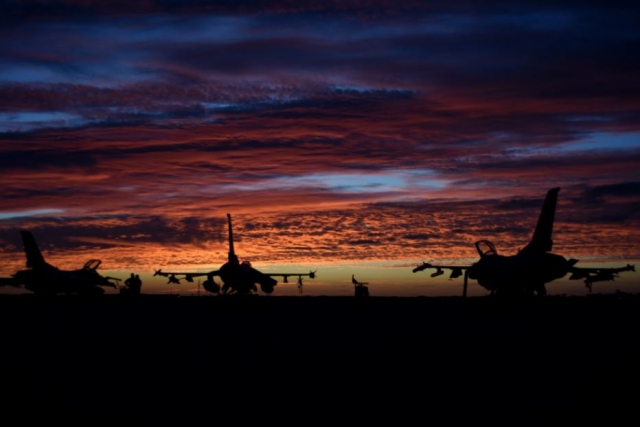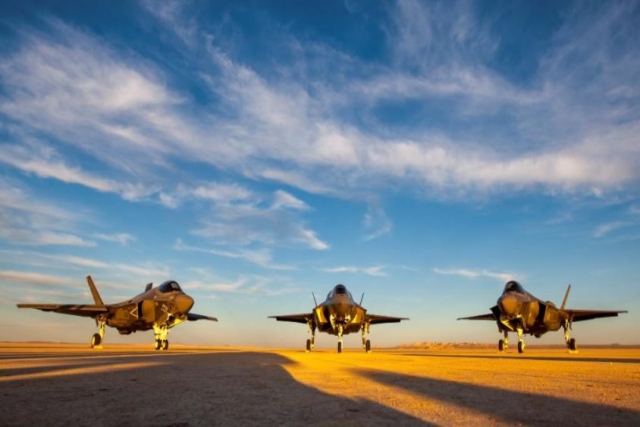Northrop Wins UK’s Uncrewed Fighter Aircraft Contract

Northrop Grumman today announced that it has been awarded a contract as systems engineering partner on Phase 2 of Project MOSQUITO and is joined by Intrepid Minds to support the design and manufacture of a prototype of the UK’s first uncrewed fighter aircraft.
Phase 2 centres on rapidly maturing the designs and manufacture of a working technology demonstrator to generate evidence for a follow-on programme. Project MOSQUITO’s findings could lead to this revolutionary capability being deployed alongside the F-35, Typhoon and next-generation Tempest to enhance protection, survivability and information advantage to aircrews.
Read: F-35 Project Ouster: Turkey’s Unmanned Fighter Jet Prototype to fly by 2023
“Our team is ready to help deliver the required development cost and time savings by providing our expertise in Agile development and DevSecOps to enable a model-based, digital design approach,” said Katharine Sealy, director of National Security Solutions, Northrop Grumman UK. “By applying modern software development practices to a digital engineering environment we aim to dramatically reduce the time required to build a flying demonstrator while allowing for seamless integration of additional capabilities in future.”
In addition to the provision of systems engineering support, Northrop Grumman will supply its international DA/RC (Distributed Autonomy / Responsive Control) technologies, gateway offerings and advanced mesh networking capabilities to the aircraft. These enable seamless human-machine collaboration and cooperative mission management across distributed manned and unmanned assets.
Adam Smith, managing director of Intrepid Minds added, “Combining our expertise in software development with cutting edge hardware from UK aeronautics suppliers Intrepid Minds’ avionics system will enable a first of type digitally driven engineering platform and allow the MOSQUITO aircraft to fly uncrewed.”
UK based Team MOSQUITO comprises Spirit AeroSystems as project lead, Northrop Grumman and Intrepid Minds, with the team goal of significantly reducing the time and cost of developing combat aircraft.










